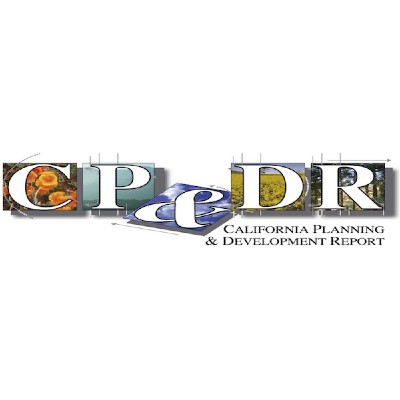The SB 743 roadshow went to Anaheim over the weekend, where the Governor's Office of Planning & Research – along with Ron Milam from Fehr & Peers – faced an overflow crowd and probed deeply into OPR's proposal to dump traffic congestion as a significant impact under the California Environmental Quality Act. And the discussion showed just how much the OPR proposal is turning the CEQA's traditional assumptions about traffic on their head.
The Sunday afternoon session at the California Chapter, American Planning Association, conference came only two days after a similar overflow session in San Diego on Friday. At that session, OPR's Chris Ganson and Chris Calfee acknowledged that their proposed CEQA Guideline amendments might override local general plans on the issue of traffic congestion. But the addition of Milam – one of California's sharpest CEQA traffic minds – gave the Sunday session much more depth in raising questions about how the new guidelines might work.
Over the summer, OPR issued a proposed set of CEQA Guideline amendments that would replace level of service with vehicle miles traveled as the main tool to assess the traffic impact of plans and projects under the environmental review law. Since then, local government planners and traffic engineers have been worried that they will no longer have enough clout to extract traffic mitigations from developers.
Much of the discussion on Sunday revolved around the question of induced travel created by additional highway capacity – and whether, under CEQA, additional capacity might actually wind up creating a significant impact, rather than serving as mitigation. Under the LOS standard, congestion can be a significant impact and so therefore additional capacity can be a mitigation. But under the OPR proposal, congestion can't be considered a significant impact, while big increases in VMT can be. So, if additional lanes mean freeflowing traffic, and freeflowing traffic induces travel, VMT might go up – and trigger a significance threshold under CEQA.
One audience member posted this question: If the Regional Transportation Plan and the Sustainable Communities Strategy has identified the need for a widened road – and the plan-level environmental impact report is done – will project-level environmental review have to look at induced travel?
"The simple answer," Milam said, "is yes." But both he and the OPR representatives emphasized that a VMT metric might drive lead agencies in the direction of adding either density or a greater mix of land uses as a mitigation measure to drive VMT down – and this may have some effect on congestion as well.
Regarding the fear that local governments have of losing leverage over developers, Milam acknowledged: "It's as if we're playing golf while taking our seven-iron away."
But he added that lead agencies must take a much broader view about how transportation analysis will be changing under CEQA. "We've become dependent on LOS as a way to get ad-hoc mitigation," he added. "Traditionally we want to look through the one lens, LOS, which is largely a traffic operations metric. … What's happened with 743, is we're starting to balance the playing field by introducing accessibility, access to goods and services. Access is not a traffic operations metric … It's helping understand how efficient our networks are."
Milam and Calfee both emphasized once again that local governments can still use their police power and their general plan policies to extract increases in roadway capacity from developers.
Calfee emphasized that the proposed guidelines are still a long way from adoption. He indicated that based on the comments received at these and other forums, OPR will likely change the proposed guidelines. If the changes are significant, OPR will likely circulate them again informally – and after that turn the guidelines over to the Natural Resources Agency for a formal rulemaking process with yet more comment periods.

